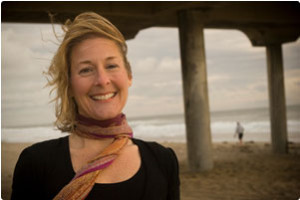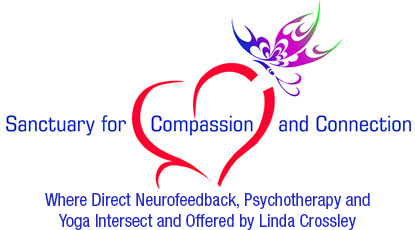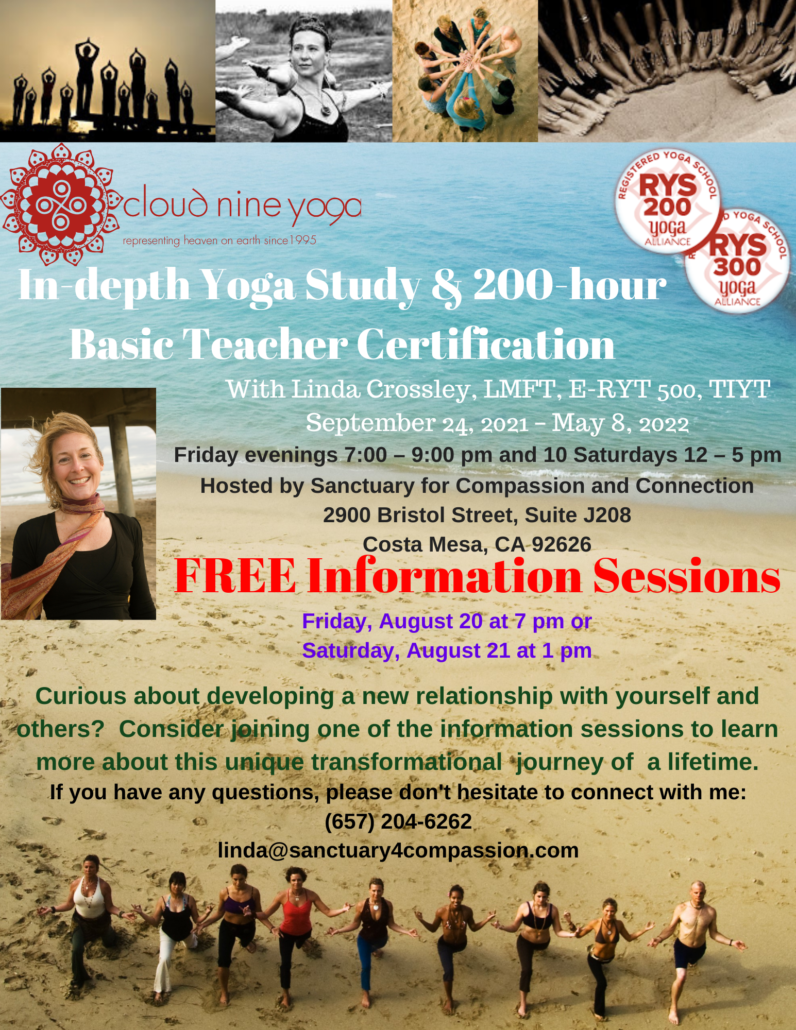Posts
How much yoga would I recommend?
/in Yoga/by LindaAs a yoga teacher, I get a lot of questions about how much yoga I recommend. The question might be posed as “How many times a week should I take a class?” or “If I practice 3 times a week, how long will it take for me to see results?” or “The length of classes vary from 50 minutes to 90 minutes, what is the best class length?”. As I tend to answer many questions that may require a more personalized response, I typically say “It depends.” Yoga is not a one-size-fits-all exercise program designed just for the physical body. It is a broader practice that has benefits to the brain/mind, body, and energy we experience and can be crafted to address various unique outcomes depending upon our perceived human limitations. And, if we consider ourselves human, we all have some limitation, whether we are open to acknowledging it or not!
There are yoga practices designed to strengthen the body and others that focus on increasing the flexibility in the body. Certain yoga practices have the goal of mood management. Classes can be designed for people challenged with physical conditions, such as cancer or multiple sclerosis. Some classes may not include any movement or very little movement, focusing more on the breath and mind. Each of us has unique needs and that is why I recommend yoga to everyone, because there is a class and teacher out there that is offering what you need. It just might take a trial and error approach to finding a good match.
Now, as far as the frequency of the practice, again it will depend upon a person’s intention for integrating yoga into their life. My intention in my teaching of yoga is to offer a class where first-timers leave the class feeling as though the practice is attainable and not feeling intimidated by the poses, keeping the door open to further exploration of all that yoga has to offer. So my first recommendation as far as frequency is simply to take a class once to determine if it is a good fit. From there, you might try another class once and another and another, until you become aware of a shift, whether it is in your body, mind, or energy. My experience of teaching has told me this can occur with just one class!
From that point, I offer that your view of yoga will expand as you continue on the journey of exploration through the practice. I might suggest that you consider beginning to integrate some of your favorite practices into your daily routine at home, whether first thing in the morning upon awakening or as the last thing before bed, to improve your sleep. Over time, what will begin to emerge is a growing sense of acceptance and compassion for yourself and others, supporting the connection between all of your parts that make up your authentic and highest self.
So, my response to the original question might just become a question in return: “How quickly do you want to experience a shift in consciousness, that aligns you with your truth?”. There is no prescription for change, as change happens whether we want it or are ready for it or not. We do have a choice though to work with our circle of influence around change and yoga can be our ‘go to’ support as we ride the waves of change. We just need to be ready and open to the change we desire and then yoga will simply become a way of life, instead of specific practices we make time for in our lives.
If you might be skeptical that just one yoga class can make such a difference, click on the link below to read the recent research on the effects of one yoga session for service recipients in a behavioral health intensive outpatient program:
Care for the Caregivers
/in Yoga/by LindaI discovered yoga while still working in corporate America and it truly became my anchor in the storm of doing more with less. I found the practices soothing to my nerves while uplifting to my mind, allowing me to remain present in the chaos and go with the flow as the direction of my goals and objectives changed practically on a daily basis. I found the changes in my body and mind were so profound that I decided I just had to bring this ‘medicine’ to others that might be suffering from the same pressures. So I took a basic 200-hour in-depth yoga study and teacher certification training to become a yoga teacher. At the time, I didn’t know how impactful this training would be when I later decided to pursue a mid-life transformational career change to become a psychotherapist!
What I have found from personal experience is that these same yoga practices work to avoid vicarious trauma and prevent burnout, which is so prevalent in mental health professionals. Burnout is not a sign that we are a bad therapist and, in fact, it is probably an indicator that we are a good therapist because we are empathic towards others and have compassion for their suffering. However, if we don’t practice what we preach to our clients about self-care, we may move from being a compassionate witness to the suffering of others to experiencing vicarious trauma or burnout.
Not only does having these yogic practices available in my self-care took kit help me clear my body and mind in between sessions and at the end of the day, I am able to offer many of these practices to my clients to assist them on their healing journeys. And it is good to learn that the research is lending credibility to the effectiveness of yoga as an adjunctive clinical intervention for many of the mental health challenges experienced by our clients, including anxiety, depression, and PTSD.
So, based upon my personal experience, and now having the research begin to validate my personal experience, I encourage all mental health professionals explore how they might integrate yoga into their practices, not only to enhance their own lives, but to enhance the therapeutic relationship and the lives of their clients. I think it is important to highlight that pursuing certification as a yoga teacher does not mean you have to teach yoga classes as many might expect. In fact, as a yoga teacher trainer myself, it has been my experience that the majority of students taking the training do so to deepen their own personal practice versus having the intention to teach yoga.
I also think it is important to highlight that not all yoga – and in-depth yoga study and teacher certification trainings – are the same. Just as it is critical that there is a “good fit” between our clients and ourselves as reflected in the therapeutic relationship, it is critical that there is a “good fit” between yoga students and yoga teachers. Therefore, when venturing into the yoga world, I encourage everyone to shop around. Most yoga studios and schools will offer introductory specials where you can take unlimited yoga classes for a limited period of time so you can experience multiple teachers relatively quickly in order to determine if there is a fit, before making any further financial, physical, and emotional commitment. And if you find a fit, I suggest approaching the teacher and asking where they took their training.
So, if you have been considering adding yoga to your took kit and have wondered what options are out there, click on the button below to read an article addressing the empirical research on yoga and offering practical suggestions for mental health professionals interested in using yoga.

Office located at:
2900 Bristol Street, Suite J208
Costa Mesa, CA 92626
Hours:
Monday-Wednesday
9:00 am – 9:00 pm
Thursday-Friday
12:00 pm – 5:00 pm
Saturday
9:00 am – 12:00 pm
Connect with me:
LINDA CROSSLEY, MBA,
LMFT*, E-RYT 500®
*License # LMFT93390
Serving Orange County, CA
To leave a confidential voice mail,
please call (714) 707-1277
For all other inquiries, please call
(657) 204-6262





